The company’s PicoICE™ technology rapidly chills fish, cutting food waste and enhancing seafood freshness while also promising energy efficiency
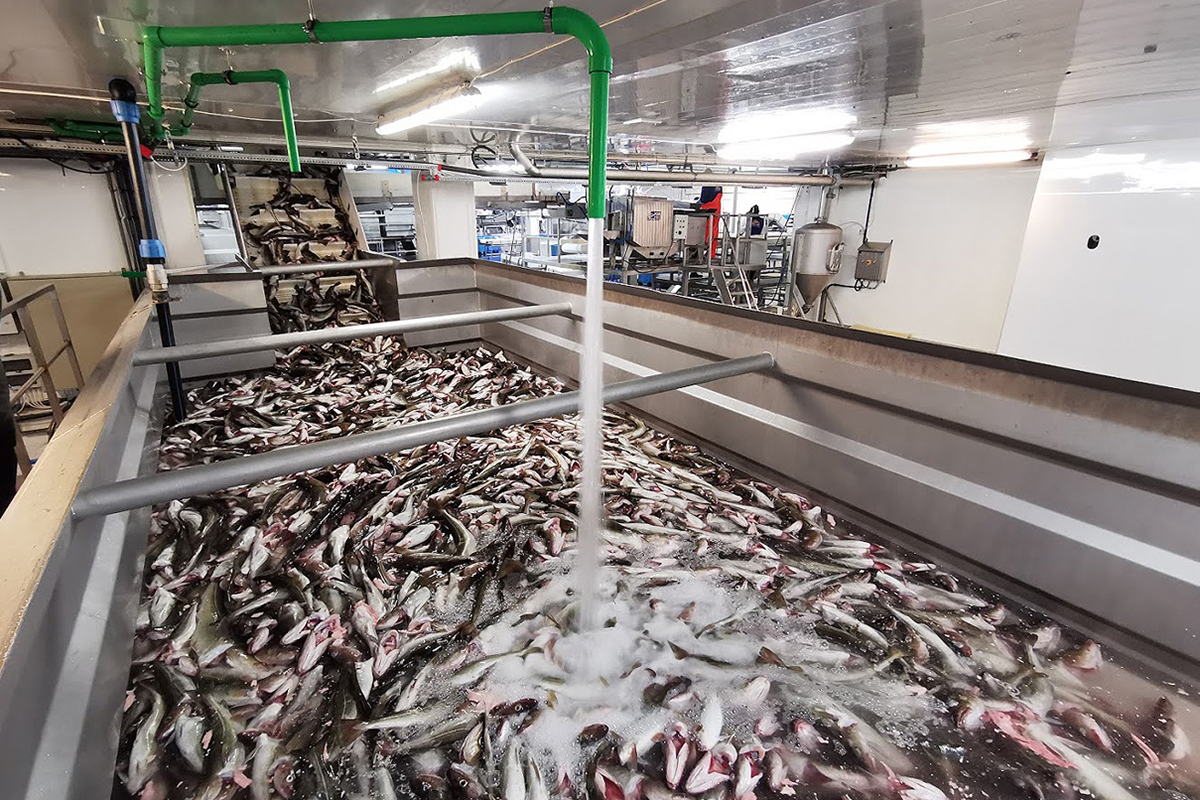
Maintaining seafood freshness is a forever challenge for the seafood industry, with even slight delays in chilling leading to spoilage, food waste and lost revenue. Traditional refrigeration, while effective to a degree, can fail to reduce bacterial growth or prevent moisture loss, both of which affect seafood quality.
It’s also a climate concern. According to a UN report, insufficient refrigeration caused the loss of 12 percent of global food production in 2017, releasing a staggering 1 gigaton of carbon dioxide (CO2) into the atmosphere. The problem is even more pronounced with seafood – an estimated 27 percent of fish is lost between landing and consumption due to poor refrigeration. With growing food security concerns and rising energy costs, the seafood industry urgently needs solutions to keep seafood fresher for longer.
One emerging solution is PicoICE™ – a new silk-ice-making device developed by Norway-based Green Iceberg. By producing ultra-small ice particles – hundreds of which could fit on a single hair – PicoICE™ chills fish faster, slows bacterial growth and keeps catches at peak freshness longer in fish holds or storage units.
“It’s designed to generate ultra-small ice particles that form a silky, gel-like, pumpable solution directly from fresh seawater,” said Snaebjørn Gudnason, Green Iceberg’s CTO and the inventor of the PicoICE technology. “The ice concentrations and temperatures can be adjusted simultaneously and tailored to each processing stage on demand.”
The technology, tested in North Atlantic cod fisheries, reduces drip loss and cuts the electrical costs of ice production by up to 50 percent. By rapidly chilling raw materials up to 20 times faster than conventional cooling methods, PicoICE™ ensures seafood stays fresh longer. The softness of the ice also cushions the fish instead of inflicting tissue damage. For this innovation, Green Iceberg has been named a finalist for the Responsible Seafood Innovation Award in the fisheries category. Three finalists from the fisheries and aquaculture categories will present at the Responsible Seafood Summit on Oct. 22 in St Andrews, Scotland. Attendees will determine the winner by poll.
“Our goal was to significantly improve the handling and preservation of fresh raw materials in general,” said Gudnason. “We also aimed to reduce the footprint of ice-producing hardware, lower power consumption and minimize refrigerant volume. PicoICE supports multiple temperature settings simultaneously, addressing varying cooling needs at each stage and maintaining an unbroken cold chain from start to finish.”
As Gudnason explained, the PicoICE technology maintains an immediate, consistent, sub-zero cold chain from the point of catch and throughout every stage of processing, packing, logistics and retail. For packing and downstream, its superior water retention abilities allow for direct cooling of raw materials, helping fish stay fresh longer and enabling storage at sub-zero temperatures. In contrast, traditional cooling methods (like flake ice or crushed slush ice) need cold storage to be kept above freezing. This is because the meltwater from these types of ice must transfer cooling energy to the raw materials, making them less effective for maintaining coldness.
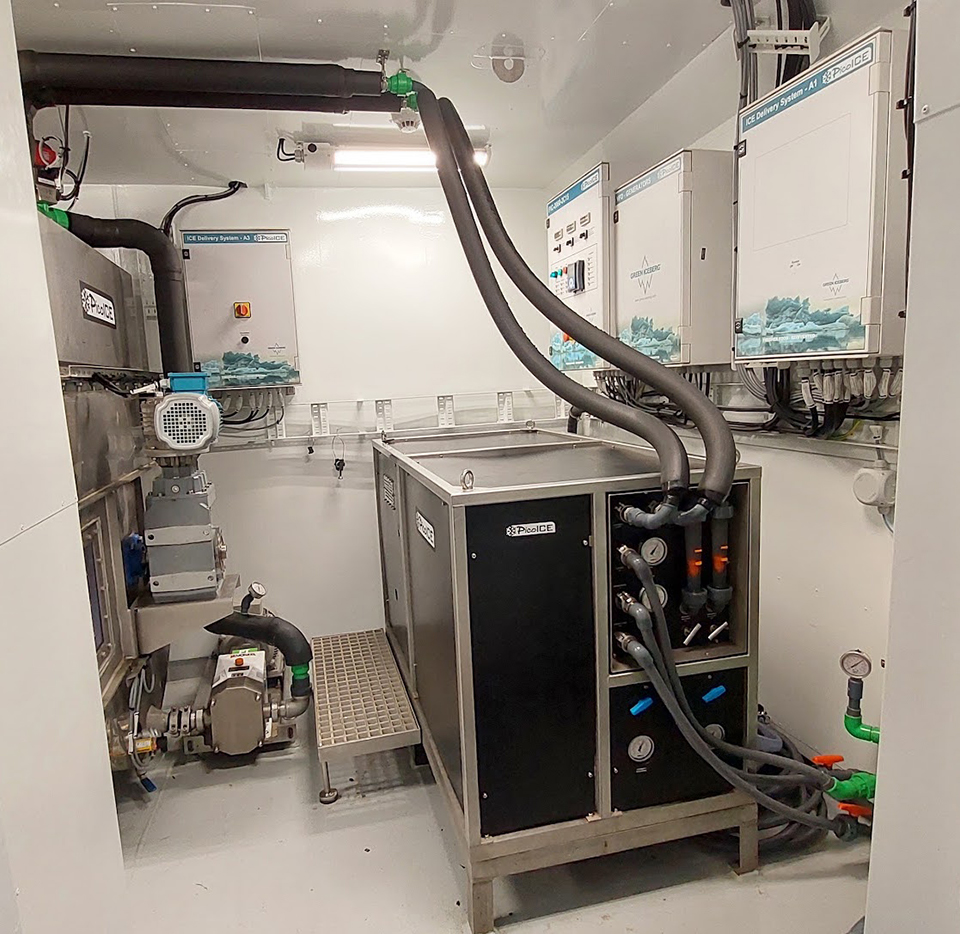
This efficiency reduces ice volume requirements by up to 50 percent, cutting shipping costs and eliminating meltwater. As a result, PicoICE not only enhances the quality and shelf life of seafood, but also improves profitability by reducing weight loss and lowering transport expenses.
“In the pursuit of quality, immediate product chilling is the most critical element in fisheries worldwide – and the PicoICE technology accomplishes this,” said Dan Strickland, Alaskan liaison for Green Iceberg and PicoICE. “Flake ice must warm to 34 degrees-F before its meltwater starts to chill the product. Refrigerated seawater (RSW) improves upon flake ice, but PicoICE™ significantly outperforms RSW. In warm environments, both ambient and water temperatures, this can mean the difference between preserving a substantial percentage of product and facing critical degradation in quality and value.”
The PicoICE system is scalable and suitable for use in fields, onboard ships and boats, and retail outlets, all on demand. It’s also compact, highly energy-efficient compared to traditional ice methods and requires significantly less refrigerant charge.
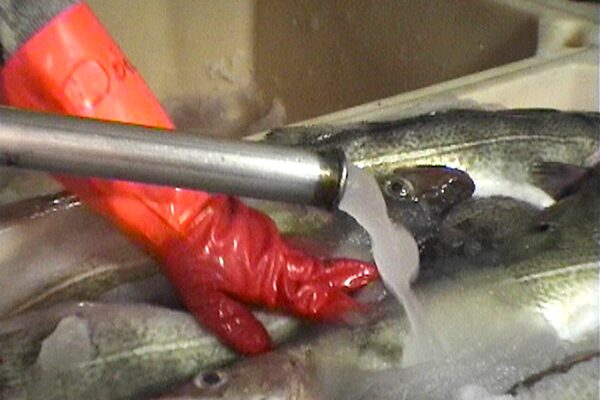
“When comparing the PicoICE system to other commonly used ice production systems on the market, its power consumption is up to three times lower, the footprint and equipment weight is 2-3 times smaller and the refrigerant charge is 8-10 times less,” said Gudnason. “Additionally, the system can deliver multiple ice temperatures simultaneously, on demand – just to name a few of its key competitive advantages.”
The technology offers a groundbreaking solution for the seafood industry, but the company has had some hiccups in rolling out the technology – with disbelief being one of the biggest barriers to uptake.
“People often struggle to believe in the effectiveness of our technology,” said Strickland. “One processor testing our technology forgot about the fish in the totes sitting on PicoICE for two weeks. Assuming the catch was spoiled, he discarded it without even checking!”
Skepticism may persist, especially in established environments where workers may resist changing old-school methods, but forward thinkers in the industry willing to try out the technology generally see impressive results, Gudnason said. For example, he said a recent land-based installation in a Norwegian processing facility cut the cost of cooling fresh fish by two-thirds.
“An engineer in Norway expressed regret that he only purchased one machine,” added Strickland. “Ultimately, some people need to see proof in front of their eyes before they can embrace new methods.”
In the pursuit of quality, immediate product chilling is the most critical element in fisheries worldwide.
In addition to educating the industry, Gudnason emphasized the company’s commitment to ongoing research and development aimed at enhancing the PicoICE system, including efforts to replace the current refrigerant R-449 with CO2. The technology also holds promise for application in other industries.
“This innovation impacts every aspect of the global fishing industry, covering each step from harvesting and tendering to processing, freezing (reducing the freezing time by up to 40 percent), shipping and retail display,” said Strickland. “But the potential applications extend beyond fishing to include the meat and vegetable industries, various manufacturing processes and even medical applications.”
Now that you've reached the end of the article ...
… please consider supporting GSA’s mission to advance responsible seafood practices through education, advocacy and third-party assurances. The Advocate aims to document the evolution of responsible seafood practices and share the expansive knowledge of our vast network of contributors.
By becoming a Global Seafood Alliance member, you’re ensuring that all of the pre-competitive work we do through member benefits, resources and events can continue. Individual membership costs just $50 a year.
Not a GSA member? Join us.
Author
-

Lisa Jackson
Associate Editor Lisa Jackson is a writer who lives on the lands of the Anishinaabe and Haudenosaunee nations in Dish with One Spoon territory and covers a range of food and environmental issues. Her work has been featured in Al Jazeera News, The Globe & Mail and The Toronto Star.
Tagged With
Related Posts
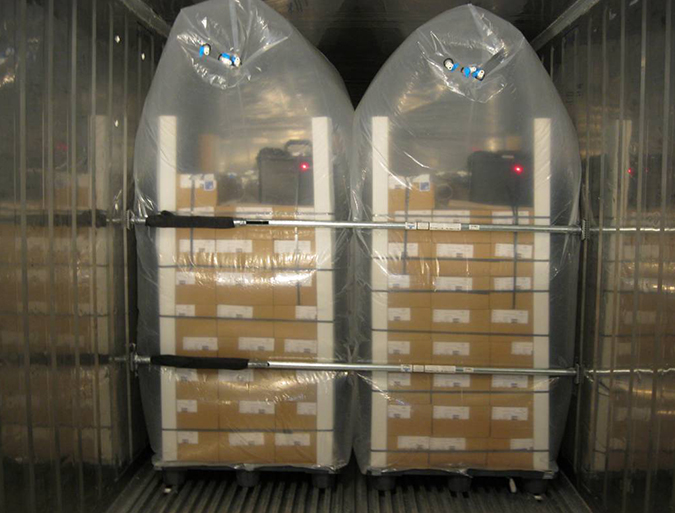
Responsibility
Slow fish: Preventing waste via packaging
BluWrap shipping technology can cut the seafood industry's abysmal food-waste statistics by dramatically extending the shelf life of fresh product. Company CEO Mark Barnekow's mission is to get fresh fish off airplanes and onto ocean-bound cargo ships.

Responsibility
Eat the whole fish: A discussion of culture, economics and food waste solutions
The Big Fish Series explored the logistical and cultural challenges in front of greater whole-fish consumption and how much seafood is being wasted.
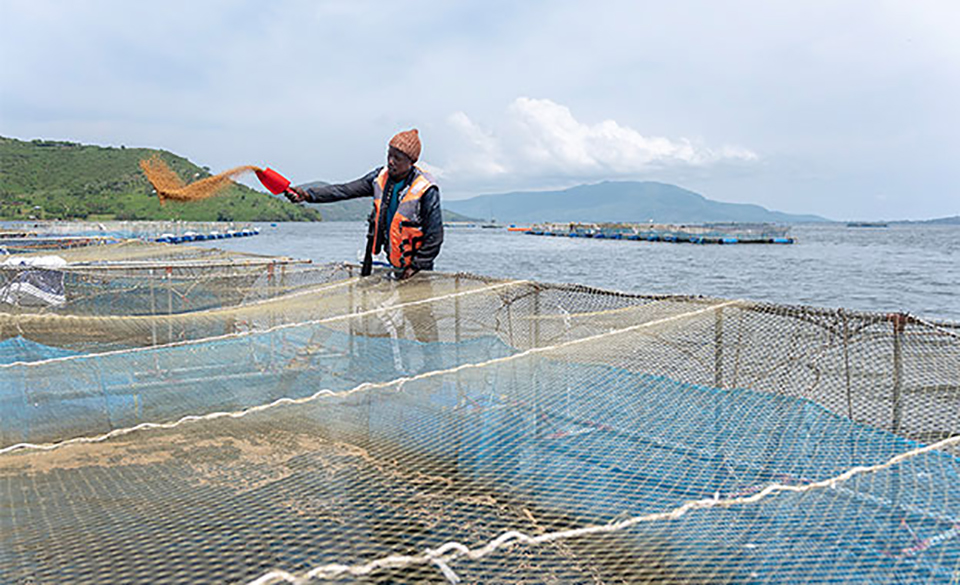
Intelligence
How resilient is aquaculture in the face of a pandemic?
Lead author of a Johns Hopkins Center for a Livable Future study examines how seafood businesses and related institutions are responding to the pandemic.
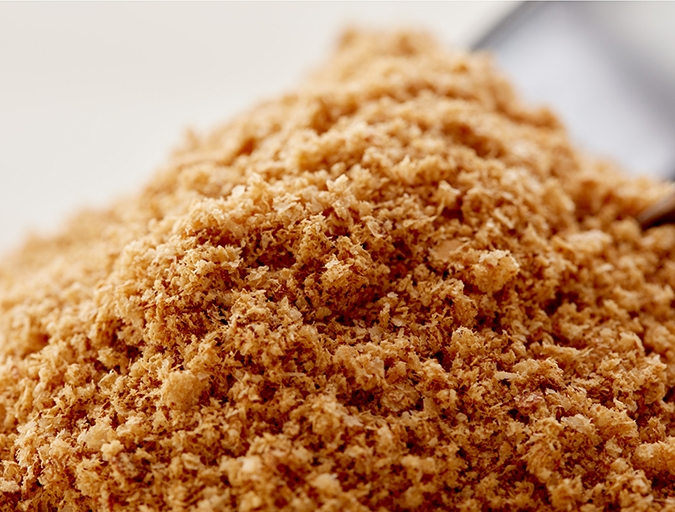
Aquafeeds
Bridging the omega-3 gap with methane, microalgae
Innovation is leading to new ingredient options for renewable sources of omega-3 fatty acids. But Replicating long chain fatty acids is a tall order, Advocate contributor Lisa Duchene discovered.


